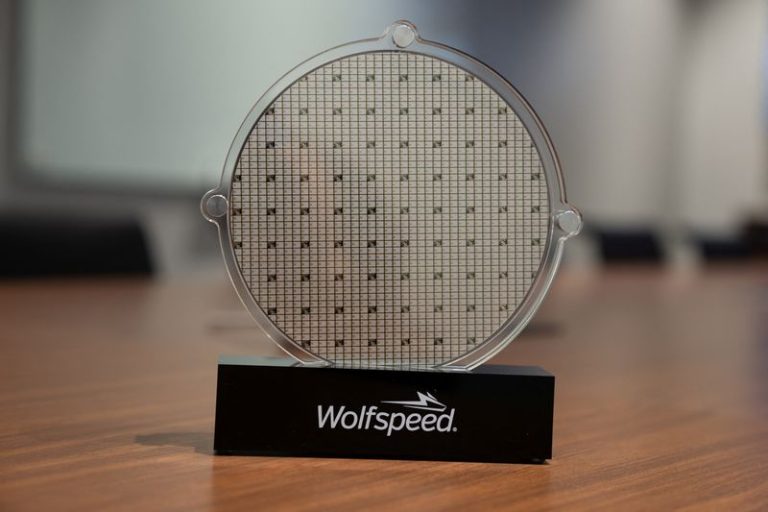As the U.S. deployed its B-2 Spirit bombers to vaporize Iran’s underground nuclear sites in a high-stakes precision strike, a chilling echo stirred half a world away.
On a barren airstrip in western China, a ghostly war machine—eerily similar in shape and scale to the B-2—rolled into view. It wasn’t just mimicry. It was theft, nearly two decades in the making—facilitated by a brilliant Indian-American engineer who once held the Pentagon’s deepest secrets in the palm of his hand.
On May 14, 2025, new satellite imagery captured by The War Zone revealed a flying-wing stealth aircraft parked at a classified test facility near Malan, Xinjiang—one of China’s most secretive military-industrial sites. With its massive 52-meter wingspan, tailless design, and signature bat-wing silhouette, the aircraft looked unmistakably like America’s B-2 Spirit stealth bomber.
The timing raised eyebrows—but it’s the backstory that turns this into a geopolitical thriller.
Nearly two decades earlier, in 2005, FBI agents raided a lavish $3.5 million cliffside villa in Haiku, Maui. Their target: Noshir Gowadia, a Mumbai-born propulsion engineer who had played a key role in designing the B-2’s ultra-secret exhaust system—a marvel of engineering that allowed the bomber to evade radar and infrared detection alike.
Known as “Blueberry Milkshake” inside Northrop’s vaults, Gowadia was more than a cog in the machine; he was one of its inventors.
What agents found in his home would later shake the U.S. intelligence community: hundreds of documents marked classified, detailed schematics of stealth nozzles, and email records tying him to Chinese government operatives.
Gowadia had taken multiple clandestine trips to Chengdu and Shenzhen—cities deeply embedded in China’s military-industrial network—where he presented Chinese officials with powerpoints explaining how to make cruise missiles disappear from radar and infrared sensors. In return, he was paid over $110,000, routed through offshore accounts and Swiss banks.
At the time, U.S. prosecutors warned that Gowadia’s leaks could form the blueprint for a next-generation Chinese stealth weapon. They were right.
The aircraft spotted in Xinjiang this May is believed to be a high-altitude, long-endurance (HALE) stealth drone—possibly a testbed for technologies intended for the long-rumored H-20 bomber, China’s answer to the B-2. Malan’s newly built hangars and hardened shelters, its proximity to nuclear infrastructure, and the craft’s presence all suggest this is no prototype. This is the start of operational deployment.
Though China first unveiled the H-20 project in 2016, it remained vaporware—mentioned in briefings, teased in CGI, but never seen. That changed this month. The drone’s dimensions—nearly matching the B-2’s 52.4-meter wingspan—and its flying-wing design, with no vertical stabilizers and minimal heat signature, scream “stolen playbook.”
And that playbook came from a man who once said, “The entire geometry [of the B-2 exhaust] came from me.”
Now serving a 32-year sentence in the supermax prison at Florence, Colorado, Gowadia confessed in his final statement to the FBI: “What I did was espionage and treason… I shared military secrets with the PRC.”
Beijing didn’t just reverse-engineer scrap metal from downed NATO jets. It reverse-engineered trust—exploiting ego, money, and a grudge.
As B-2s thundered through Iranian skies and Chinese ghosts stir in Xinjiang, the new Cold War isn’t just being fought in airspace. It’s playing out across decades, with blueprints stolen in silence and war machines born from betrayal.







